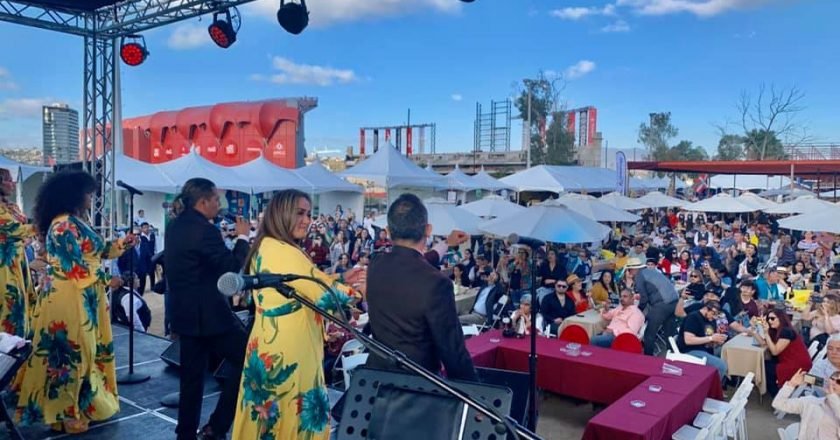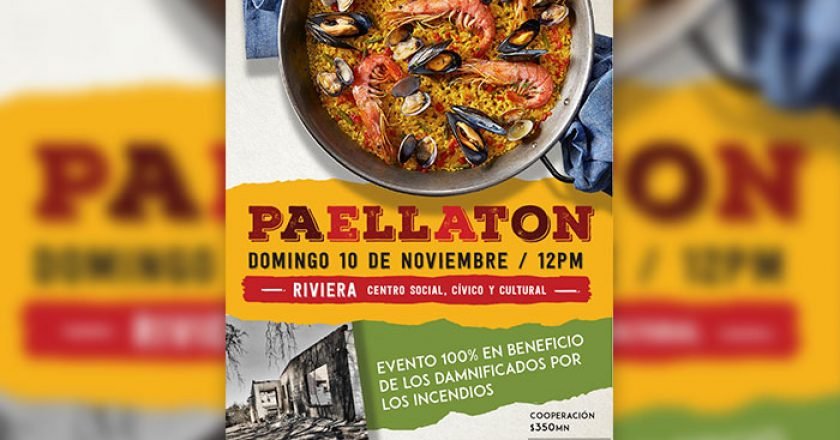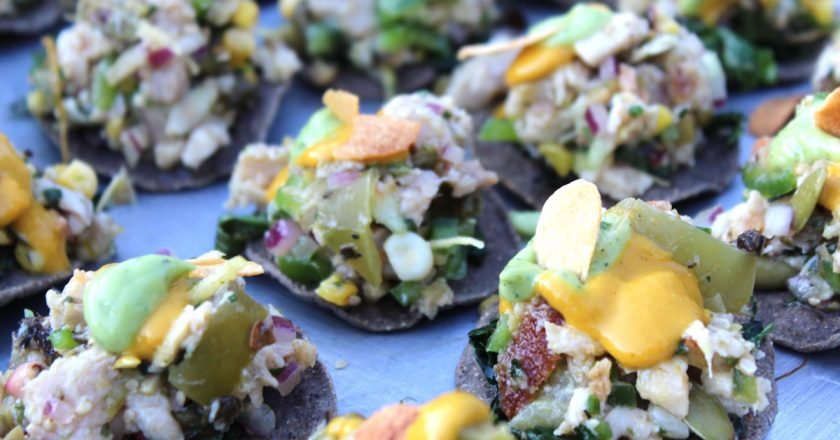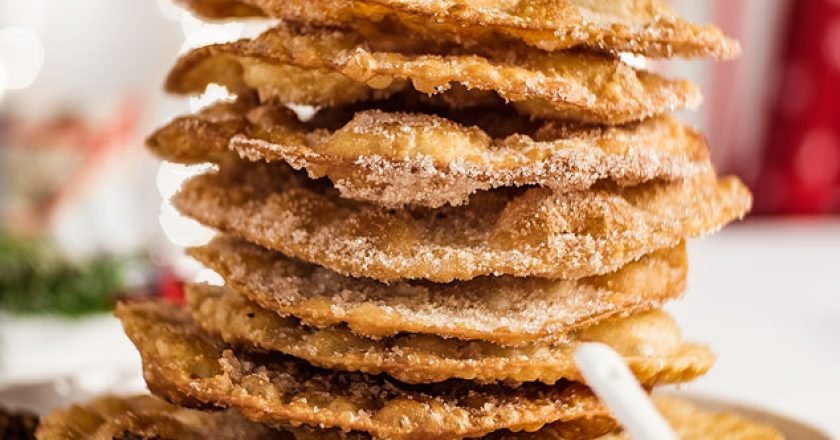Hospitality, good music, flavorings, and gastronomy defined the first edition of Sabor a Tijuana, where 25 international chefs participated and …


Hospitality, good music, flavorings, and gastronomy defined the first edition of Sabor a Tijuana, where 25 international chefs participated and …

In a recent press conference Rubén Barrau, presented us with the “Paellaton” event, organized by business groups CANACO and CANIRAC, …

BY DANIELLE WILLIAMS Tripping at Viaje is what I like to do on a mellow Sunday afternoon on the terrasse …

As summer starts to wind down – wait – did summer ever really show up this year? Well, August is …
It’s baaaack! There was much celebration this Semana Santa (Easter Week for you Gringos) as the door was finally opened …

Like every year, the Seashells and New Wine Festival opens the path of the regional wine festivities and although it’s …

El Cielo Winery, located in the Guadalupe Valley, celebrated last month the contributions of women to the wine and food …

Beef tortillas? The richness of Mexican food comes from the country’s many states that, but especially the little towns and …

BY ALEJANDRA BORBOLLA Buñuelos December in Mexico is about eating, sharing and caring. One of the most important things about …

On October 2nd a couple with a local and international family history bought the building and took ownership of the …